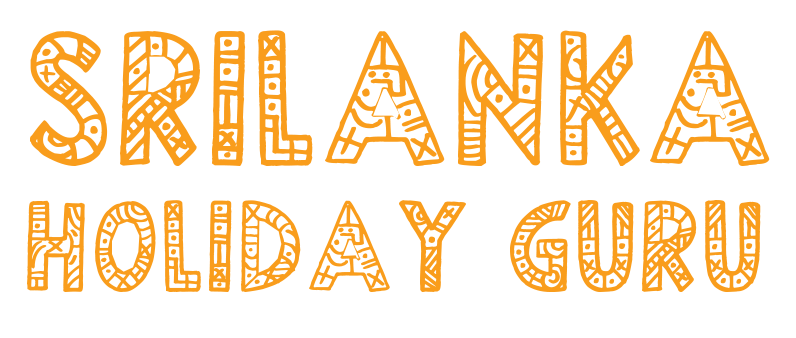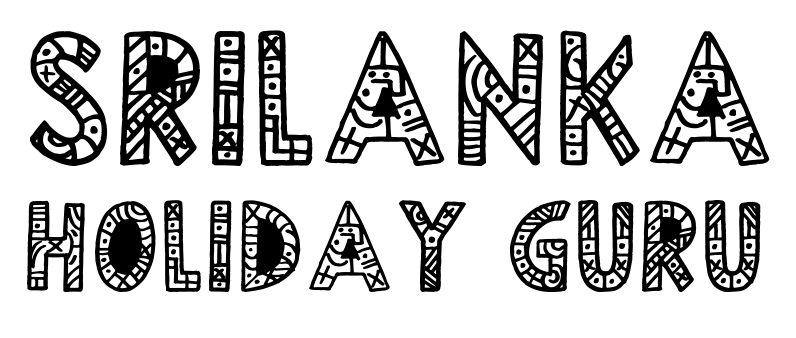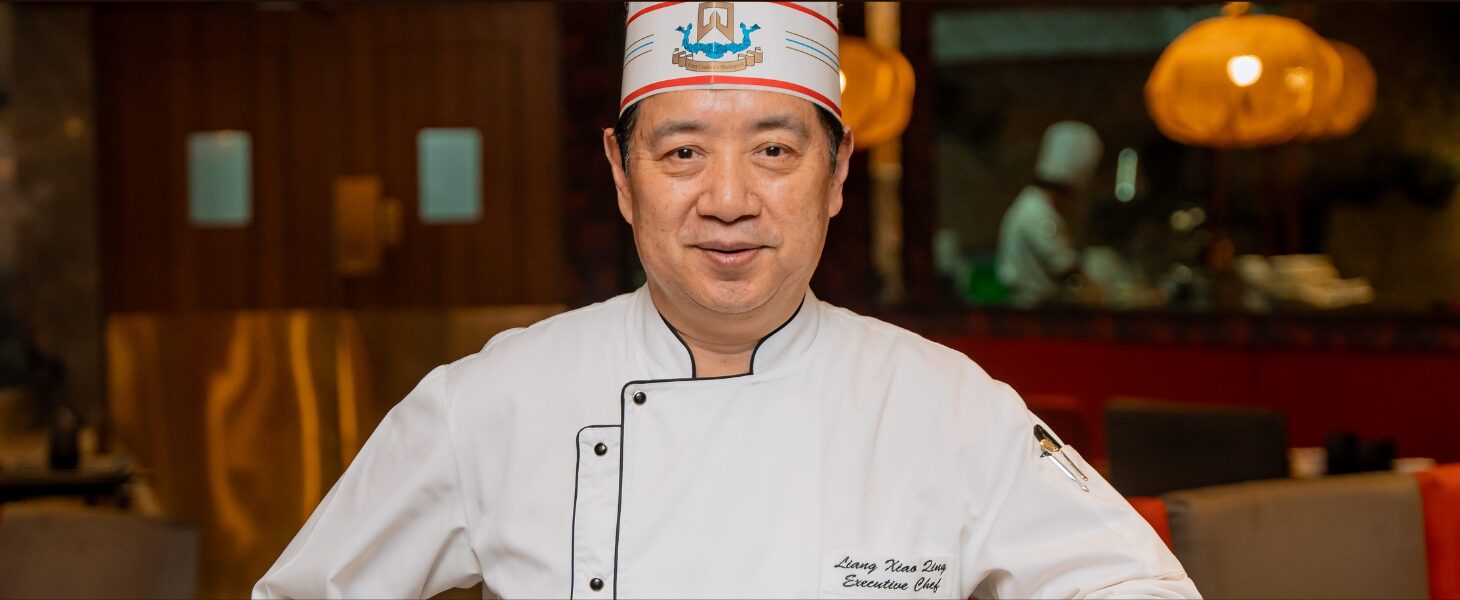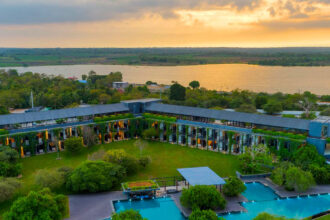Sri Lanka is a year-round surfing destination: either the east coast from April to September or the west coast from October to April. Here’s a guide on surfing in Sri Lanka.
Learn to Surf in Sri Lanka
Never been in thrall to Surf? Come to Sri Lanka and give it a try. There are plenty of good surfing places, as well as schools for absolute beginners. Surfing schools start their day at 06.00hrs
The Surf trainer’s Day starts with a pooja (prayer ritual) and the sprinkling of turmeric water on the cleaned sandy beach.

How are surfing lessons conducted?
A lesson lasts two hours. A course is given in four stages, in the first two stages, the surfers are trained in white waves and then for the remaining two stages they taken to Green waves for advanced surfing.
Surfing in Sri Lanka: How much does it cost?
The entire package of surfing in Sri Lanka lesson including surfing board is charged at Rs3500 per surfer. The rental fee for a surfboard is Rs300 per hour.
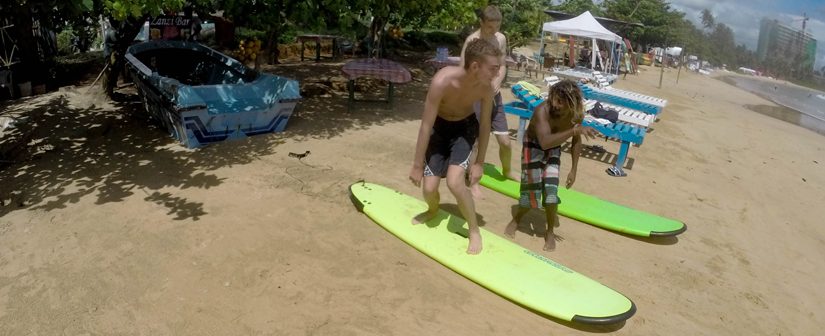
In what language are the surfing lessons taught?
Instruction is usually in English and in some surfing schools, it is Russian. Some surfing instructors are not that fluent, but you will understand what is explained, thus give more attention to the body movements of the instructor. Basically, flexibility is what important in surfing in Sri Lanka.
Support services such as boards for rental, board and pin repair, surf tours and tuk-tuk are available on the spot.
Where to surf in Sri Lanka
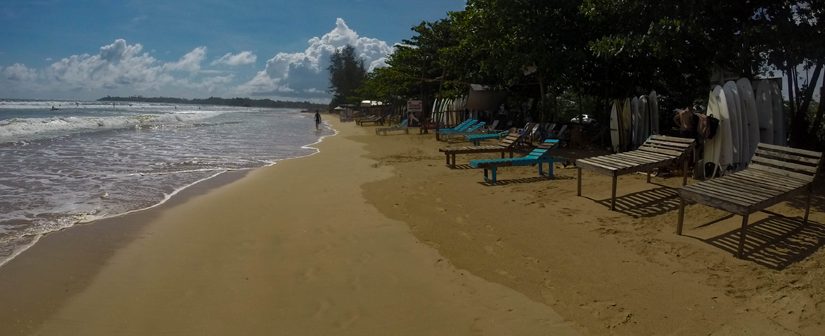
Hikkaduwa
On the southwest coast of the island, about 120 km south of Colombo (or just 20 km north of Galle), is the famous party town of Hikkaduwa. Once just a surfing village, now it’s popular with surfers and party-goers alike – there is always something happening in Hikka! These are the best surf spots in Hikkaduwa:
Bennys – A left-hander reef break preferred by experienced surfers when the waves are over 6 ft.
Main Reef – Left and right-handers over a deeper reef, good and relatively safe for all levels.
North Jetty – Long left-handers with a reef break by the harbour wall.
Beach Break – The favourite with beginners, safe shore and reef break.
Find all: Hotels in Hikkaduwa to stay
Unawatuna
Another popular surfing in Sri Lanka in the south is Unawatuna Bay, and in this case, it’s more like a family surfing vacation destination and nightlife is not as prominent as that in Hikkaduwa. The waves are great although the swell on the beach is not always good, the locals know where the good swells are, so just ask! These are the best surf spots around Unawatuna:
Unawatuna Beach Break – Unawatuna has great beginner waves right on the beach but the man-made reef that protects the temple messes with the natural order of the waves.
Dalawella Reef – About 120 metres from the main beach, Dalawella is a left breaker over a reef with coral, rocks and urchins.
Bonavista Bay – A good learner’s wave between 3 ft and 5 ft with the right swell. On the north part of the temple peninsula.
Kabalana Beach Break – Kabalana is great for beginners right at the shore with frothy small waves but the main point has a rip current and there are no lifeguards.
South Beach – Just a bit north of Kabalana is South Beach with a good longboard wave. Tends to get blown out in the afternoons though.
Find all: Hotels in Unawatuna to stay
Weligama Bay
On the south coast, is a beginners’ and amateurs’ surfing paradise, not professionals. All you need for surfing is there.
Weligama has good waves all year round and is another favourite for beginners and intermediate surfers. There is the main beach break on the main beach and there are little beaches along the bay, each with their own waves.
Weligama Beach Break – The two-kilometre main beach has a row of surfing schools with plenty of boards for rent. The unfortunate side is that sometimes it suffers from residential pollution. The waves are usually easy to learn on and intermediate level surfers can usually find the bigger ones.
Midigama (Lazy Left, Right and Rams Right) – Just a little north of Weligama is Midigama with three great points. The Lazy Left is better in the afternoons and a favourite with goofy riders. The Right is close to the road and has a shallow reef break. Rams Right is for more advanced surfers, with some barrels and short and tight breaks.
Gurubebila (Coconut Point and Plantation Point) – Plantation Point is great for early morning rides with both lefts and rights. It’s a rocky entry but is easier to ride than Coconut which is a classic A-Frame formation better suited for experienced surfers.
Find all: Hotels in Weligama Bay to stay
Mirissa Bay
Just south of Weligama is Mirissa Bay with its crescent-shaped beach lined with palm trees and rocky reefs on the sides. There are both left and right-handers in this bay and it’s mostly for intermediate and advanced surfers (or more skilled beginners wanting to get better with reef breaks). The season starts here in October.
Read: Sri Lanka Holiday Guru guide to Mirissa
Find all: Hotels in Mirissa to stay
Arugam Bay
Arugam Bay is on the east coast and the best season to be here is when it’s raining in the west. The weather gods grace Arugam Bay with dry skies while the rest of the island is battered by monsoon rains. So it’s best to visit Arugam Bay between April and September. These are the best spots:
Elephant Rock – This spot is a tuk-tuk ride from Arugam Bay. It’s best for beginners but getting here is a challenge. Don’t wear flip flops as you have to climb rocks to get to the beach. It’s worth it though because the beach is beautiful.
Baby Point and Main Point – These are the two main points in Arugam Bay itself. Baby Point is better for beginners while Main Point is for more advanced riders.
Pottuvil and Whisky Point – These two are north of Arugam Bay and are both for experienced surfers. Whisky Point tends to get crowded
Find all: Hotels in Arugam Bay to stay
Sri Lanka Holiday Guru Tip
Surfing lessons start on the shore for absolute beginners, and it is claimed that if you know to swim in five to six hours you can learn basic surfing.
There are plenty of self-styled surf trainers. it’s important to check the surfer is actually a trained expert or not, also what equipment and rescue back-up they have.
“ISA Level 1 Certified” is the best to learn surfing in Sri Lanka (Surf Instructor qualification recognised by the International Surfing Association and member organisations.)
Negotiate in advance, reserve in advance, so you don’t get caught by brokers and beach boys posing as expert surfers.
Subscribe to our newsletter to get our newest articles instantly!
